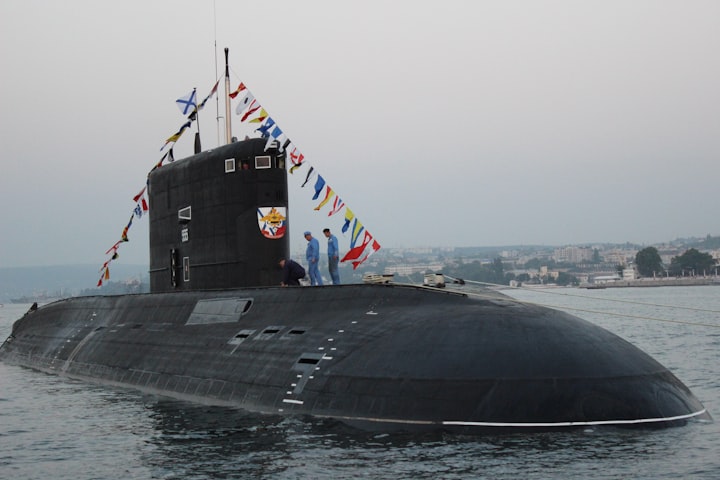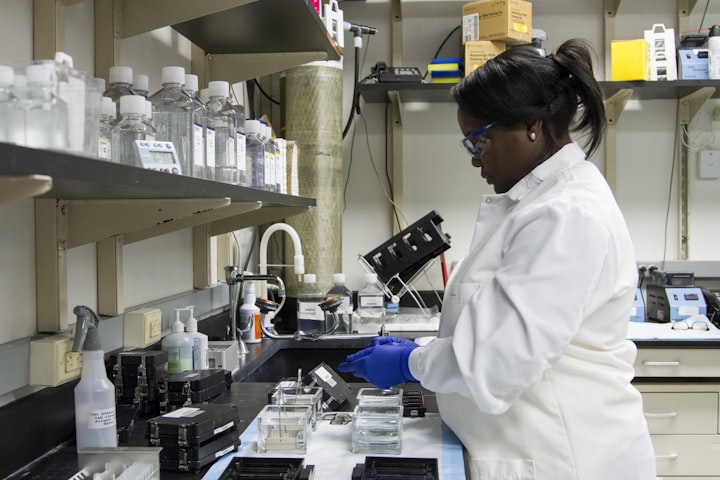The unsung hero of the deep: How submarine toilets work
Have you ever wondered how sailors handle cleaning duties on a submarine located miles below the ocean's surface? Unlike toilets on land that easily discharge waste into the ocean, submarine toilets operate according to a completely different set of rules.
Here's a look at how submarine toilets work and the challenges they overcome when faced with excessive water pressure.
Problems when discharging directly:
The first thing to understand is that dumping waste directly into the ocean is not an option for submarines. As the submarine dives deeper, the water pressure around it increases significantly. On average, for every 10 meters of descent, the pressure increases by one atmosphere, equivalent to about 14.7 pounds per square inch (psi).
Imagine a submarine like the US Navy's Los Angeles class, capable of diving to a depth of 450 meters. At this depth, the external water pressure exerts a force of about 670 psi. If you flush the toilet here, the waste will not disappear. Instead, the extreme water pressure will push it back with great force, potentially causing a plumbing nightmare.
Solution: Hold the septic tank tightly
To address this challenge, submarines are equipped with septic tanks, essentially tanks that hold both solid and liquid waste. These tanks act as temporary storage, accumulating waste until it can be safely discharged.
The art of letting go: A balancing act
When the septic tank is full, it is time to discharge waste. However, this process requires careful consideration. The key lies in using compressed air to overcome external water pressure. Air is pumped into the septic tank, increasing the pressure inside. When this internal pressure exceeds the water pressure at the current depth, the waste can be safely discharged.
But there's a catch: flushing the waste isn't as simple as flipping a switch. It makes noise, which can be detected by enemy submarines using sonar equipment. This makes attacking enemy territory or at depths of more than 150 meters a risky proposition.
The importance of compressed air
Compressed air plays an important role in submarine operations. It is not only used to discharge waste but is also important to push water out of the ballast tank. These tanks control the submarine's buoyancy, allowing it to rise or sink. In an emergency situation, compressed air helps the submarine surface quickly.
The deeper the submarine dives, the greater the pressure needed to discharge waste. Discharging at depths less than 150 meters may require more than 230 psi of compressed air. This presents a significant dilemma. Using large quantities of air to treat waste can deplete reserves needed for emergency resurfacing.
The dilemma when diving deep: "The mercy blow"
Sometimes, due to the nature of their missions, submarines may have to operate at extremely high depths for long periods of time. This filled the septic tanks quickly, forcing the crew to limit toilet use. In such situations, sailors can request a "Merciful Strike". The master, after careful assessment, may authorize the discharge of the septic tank to provide some necessary relief to the crew.
However, disposing of waste requires a delicate balance. It is important not to flush the toilet while the septic tank is being cleaned. Imagine a situation in which pressurized waste from a tank mixed with newly flushed waste in the toilet splashes directly into your face. You don't want to become inedible chocolate, right?
Conclusion:
Submarine toilets may not seem like the most exciting subject, but their function is essential to the health of the crew and the safe operation of the submarine. These specialized systems demonstrate the ingenuity required to maintain basic human needs in even the harshest underwater environments.
About the Creator
nemo
Have a good day <3







Comments
nemo is not accepting comments at the moment
Want to show your support? Send them a one-off tip.